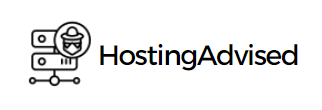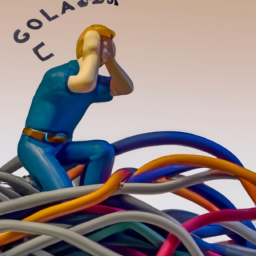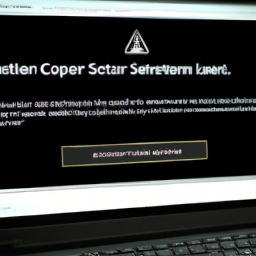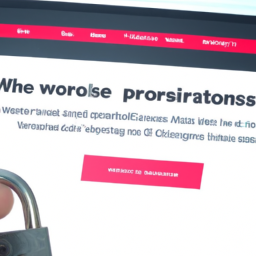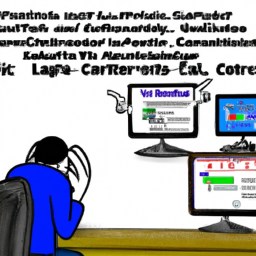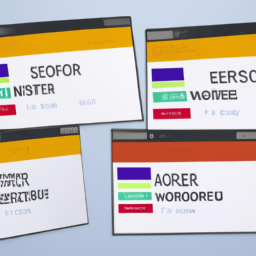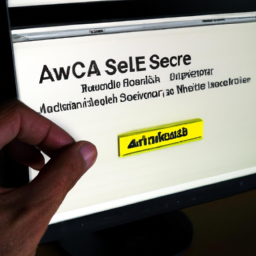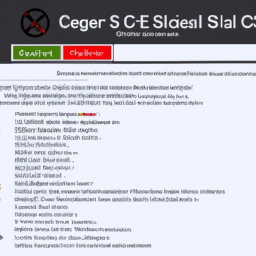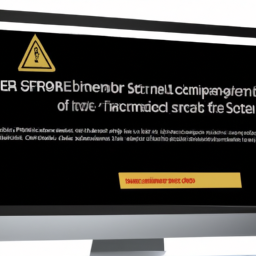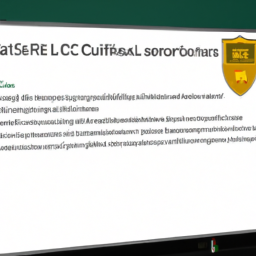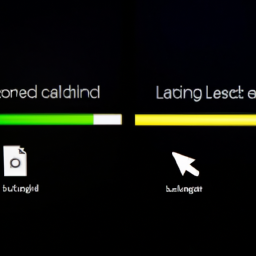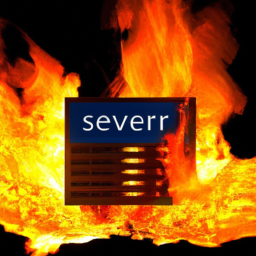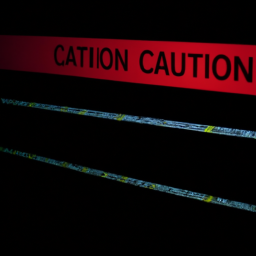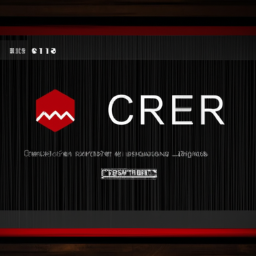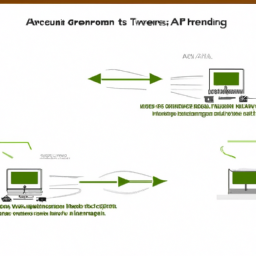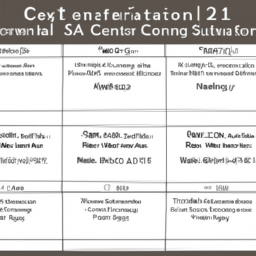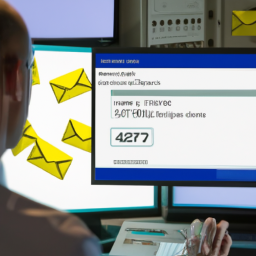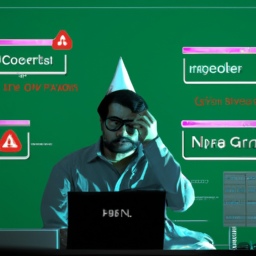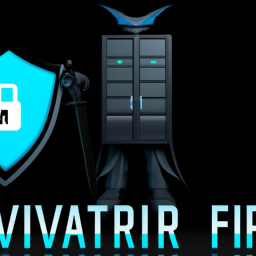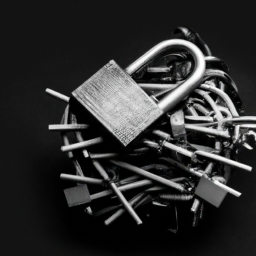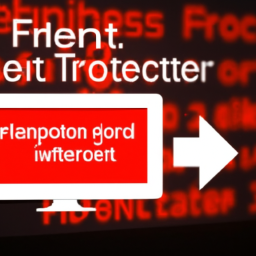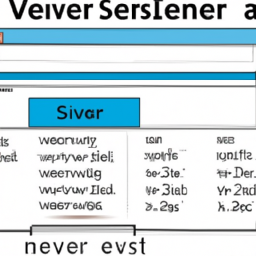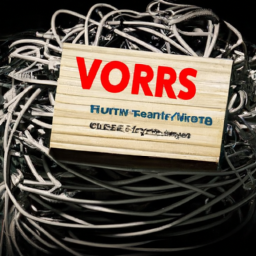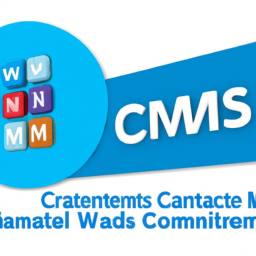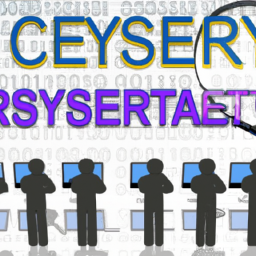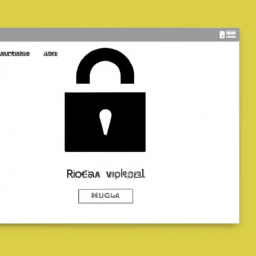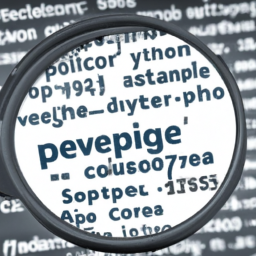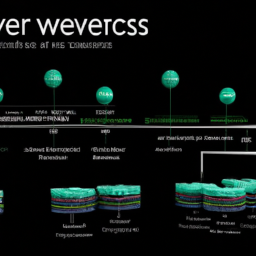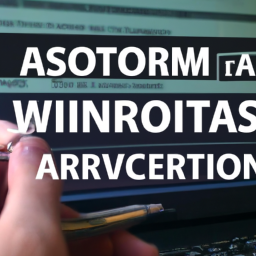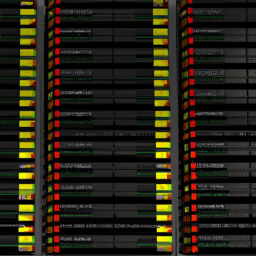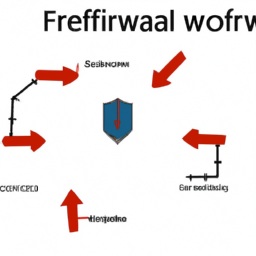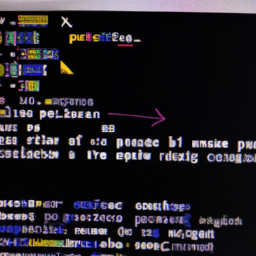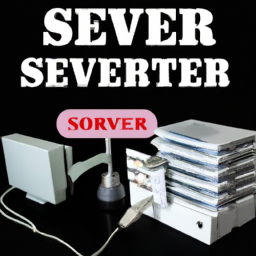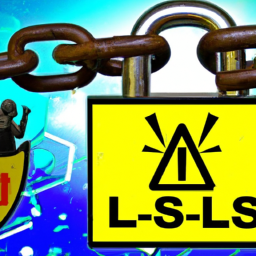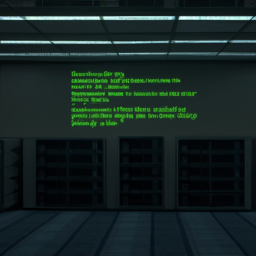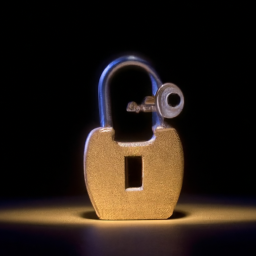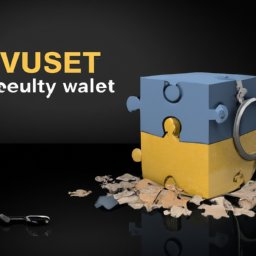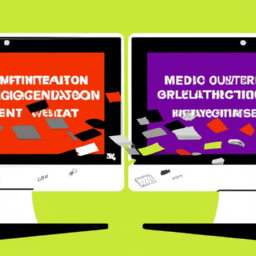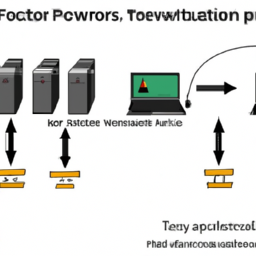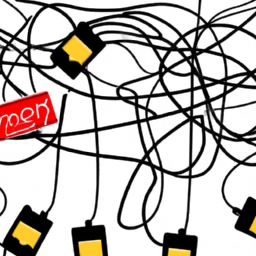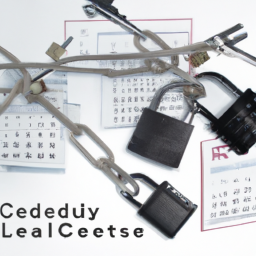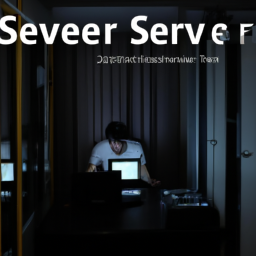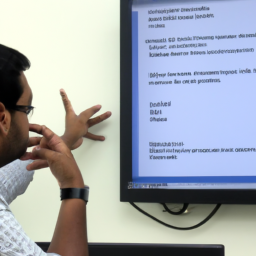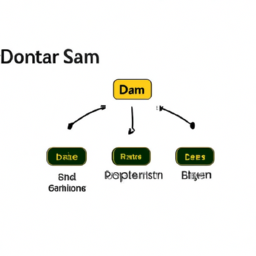Are you frustrated with SSL certificate installation errors? We understand your pain. Installing an SSL certificate can be a daunting task, especially when errors occur. But fear not, because we are here to help you resolve those common issues.
In this article, we will address the most frequently asked questions about SSL certificate installation errors and provide you with practical solutions.
Now, you might be thinking, ‘Why should I bother with SSL certificates in the first place?’ Well, let us tell you why. SSL certificates are essential for securing your website and ensuring the privacy and integrity of data transmitted between your server and visitors’ browsers. So, if you want to build trust with your users and protect sensitive information, SSL certificates are a must.
In this comprehensive guide, we will walk you through how to generate a Certificate Signing Request (CSR), troubleshoot common SSL installation errors, check the SSL certificate chain, update SSL/TLS protocols and cipher suites, clear browser cache and cookies, and how to reach out to SSL certificate support or your web host for assistance.
By the end of this article, you’ll be equipped with the knowledge and tools to overcome any SSL certificate installation obstacles that come your way. So, let’s dive in and conquer those errors together!
Key Takeaways
- SSL certificates are essential for securing websites and protecting data.
- SSL certificate installation errors can be frustrating and daunting, but can often be resolved by checking server configuration, file formats, and clearing browser cache and cookies.
- Outdated or insecure SSL/TLS protocols and cipher suites can cause handshake errors and should be updated for enhanced website security.
- When contacting SSL certificate support or web host for assistance, providing detailed information about the errors and granting access to the server or hosting environment may be required.
How to Generate a Certificate Signing Request (CSR)
To generate a CSR, you should follow the step-by-step instructions provided by your certificate authority, ensuring that you include all the necessary information required for the certificate to be issued correctly.
Certificate Authorities (CAs) play a crucial role in the SSL certificate issuance process. They’re trusted entities that verify the authenticity and integrity of the certificate holder. It’s important to understand the difference between self-signed certificates and certificates signed by a trusted CA.
Self-signed certificates are generated by the server itself, while certificates signed by a trusted CA are verified by a third party, providing higher levels of security and trust.
By generating a CSR and obtaining a certificate signed by a trusted CA, you can ensure that your website or application is secure and trusted by users.
Moving on to troubleshooting common SSL installation errors, let’s delve into the next section.
Troubleshooting Common SSL Installation Errors
If you’re troubleshooting SSL installation errors, you may find yourself tangled in a web of confusing error messages, like a spider caught in its own intricate web.
Resolving SSL certificate installation errors related to server configuration can be a daunting task, but understanding common issues can help you navigate through the maze. Different web hosting platforms may have specific requirements and processes for SSL certificate installation, leading to potential errors.
It’s crucial to ensure that the certificate is being installed on the correct server and that the server configuration is properly set up to support SSL. Additionally, checking for any conflicting certificates or incorrect file formats can help resolve installation errors.
By troubleshooting these common issues, you can untangle the complexities of SSL installation and move on to checking the SSL certificate chain in the subsequent section.
Checking the SSL Certificate Chain
Are you wondering about the importance of checking the SSL certificate chain?
Validating the certificate chain is crucial for ensuring the security and trustworthiness of your website. By checking the SSL certificate chain, you can validate the certificate expiration and ensure that it’s still valid.
Additionally, you can understand the certificate authorities involved in issuing the SSL certificate. This helps you verify the authenticity of the certificate and the trustworthiness of the issuing authority.
By thoroughly examining the certificate chain, you can identify any potential issues or vulnerabilities that may compromise the security of your website.
Next, we’ll discuss the importance of updating SSL/TLS protocols and cipher suites to further enhance your website’s security.
Updating SSL/TLS Protocols and Cipher Suites
Updating your SSL/TLS protocols and cipher suites is essential for enhancing your website’s security. By regularly updating these protocols, you ensure that your website is utilizing the latest cryptographic algorithms and security measures. This helps to protect sensitive information transmitted between your server and client, preventing unauthorized access and potential data breaches.
When troubleshooting SSL/TLS handshake errors, one common cause can be outdated or insecure protocols and cipher suites. To resolve this, you need to update your server configuration to support the latest SSL/TLS protocols, such as TLS 1.3, and disable any weak or deprecated cipher suites. This will help ensure a secure and reliable connection between your server and clients.
Now, let’s move on to the next section about clearing browser cache and cookies.
Clearing Browser Cache and Cookies
Clearing your browser cache and cookies can significantly improve your browsing experience and ensure that you have the most up-to-date version of websites you visit.
When you visit a website, your browser stores temporary files, including images, scripts, and CSS stylesheets, in its cache. Over time, this cache can become cluttered and outdated, leading to potential issues with SSL handshake errors.
By clearing your browser history, you can remove these outdated files and start fresh, reducing the chances of encountering SSL certificate installation errors. Additionally, clearing your cookies can help resolve any conflicts or issues related to website authentication and session management.
It’s important to note that clearing your cache and cookies will log you out of websites and remove any saved preferences.
To continue troubleshooting SSL certificate installation errors, the next step is to contact SSL certificate support or your web host.
Contacting SSL Certificate Support or Your Web Host
If you’re experiencing any issues with your SSL certificate, reaching out to SSL certificate support or your web host can be a helpful next step. Contacting customer support is crucial in troubleshooting SSL errors. They’ve got the expertise to assist you in resolving any installation errors you may be encountering.
When reaching out to SSL certificate support or your web host, it’s important to provide them with detailed information about the error you’re experiencing. This can include error codes, error messages, and any other relevant information. They’ll guide you through the necessary steps to troubleshoot the issue and provide solutions to resolve it.
Keep in mind that SSL certificate support or your web host may require access to your server or hosting environment to diagnose and fix the problem effectively.
Frequently Asked Questions
How do I choose the right SSL certificate for my website?
To choose the right SSL certificate for your website, start by considering the certificate authority (CA) you want to use. Look for reputable CAs that offer a wide range of certificate options.
Additionally, ensure that the certificate provides proper validation for your website. This is crucial for establishing trust with your users and protecting their sensitive information.
By selecting the right CA and prioritizing certificate validation, you can ensure the security and integrity of your website.
What is the difference between a self-signed certificate and a trusted certificate?
A self-signed certificate is a type of SSL certificate that is created and signed by you, the website owner. It is a cost-effective option but lacks the trust and validation provided by a trusted certificate.
Trusted certificates, on the other hand, are issued by a trusted third-party certificate authority and offer stronger security and credibility. While self-signed certificates have their benefits, such as ease of installation, trusted certificates provide additional assurance to users and are recommended for websites that handle sensitive information.
Can I install an SSL certificate on multiple domains or subdomains?
Yes, you can install a wildcard SSL certificate on multiple domains or subdomains. A wildcard certificate is designed to secure an unlimited number of subdomains under a single domain. This simplifies the process of managing and securing multiple subdomains. However, troubleshooting SSL certificate installation can be complex. Ensure that the certificate is properly configured and that the correct installation procedures are followed for each domain or subdomain.
How long does it take for an SSL certificate to be issued and installed?
Installing an SSL certificate is a breeze! You can have a secure website up and running in no time. Wildcard SSL certificates are particularly amazing because they cover multiple domains and subdomains, saving you time and money.
If you encounter any installation issues, don’t panic. Simply follow these steps to troubleshoot:
- Check the certificate’s compatibility.
- Verify the installation process.
- Double-check your server configuration.
With these tips, you’ll conquer any SSL installation challenge like a pro!
Is it possible to transfer an SSL certificate from one server to another?
Yes, it’s possible to transfer an SSL certificate from one server to another. To do this, you need to first export the certificate from the original server and then import it onto the new server. However, there can be some common issues during this process.
Troubleshooting common certificate transfer issues include ensuring that the private key is properly exported and imported, verifying that the certificate is compatible with the new server’s software, and double-checking that the certificate is correctly installed on the new server.
Conclusion
To conclude, resolving SSL certificate installation errors is crucial for ensuring secure and seamless browsing experiences. By generating a Certificate Signing Request (CSR) and troubleshooting common errors, you can overcome installation hurdles efficiently.
Checking the SSL certificate chain, updating SSL/TLS protocols and cipher suites, and clearing browser cache and cookies are also important steps to resolve issues effectively.
Remember, just like how a well-maintained car ensures a smooth ride, resolving SSL errors guarantees a safe and reliable online presence. So, if you encounter any problems, don’t hesitate to contact SSL certificate support or your web host for assistance.
